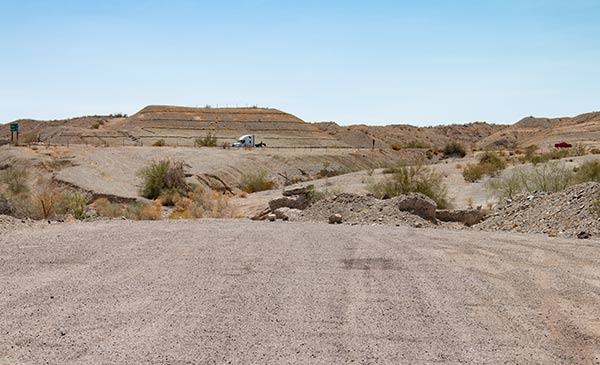Route 66 is a legendary road that makes one heck of a road trip even if you only follow it part of the way.
What’s left of the old route passes through the patchwork streets of big cities and follows the main thoroughfares through small towns.
It also goes through a lot of rural, uninhabited territories, especially out west, which can make it a little sketchy for tourists passing through.
So, is Route 66 safe to drive?
First up, the generic answer.
How safe is Route 66?
On the whole, Route 66 is a safe road to travel.
While there are patches of the route that are more problematic than others (St. Louis and Albuquerque have two of the highest crime rates amongst big cities in the U.S., for instance), most of the way is made up of smaller towns and rural areas.
These smaller towns and rural areas of Route 66 are, overall, quite safe.
At least, when it comes to crime statistics.
There is actually more to worry about on the road itself.
Is Route 66 safe to travel?
When it comes to the actual travel aspect of Route 66, it might be helpful to know that many of the segments that remain of the old Route 66 are working roads.
As such, most of Historic Route 66 is still maintained.
But not all of it is.
How safe Route 66 is to ride on can be broken down into three main parts:
- Route 66 runs largely along interstates.
- Route 66 goes extremely rural for long stretches.
- Not all sections of Route 66 are maintained.
Let’s take each part one by one.
Route 66 runs largely along interstates.
Route 66 running largely along interstates is essential because it gives any road trip on Route 66 a bit of a safety net.
While there are parts of the old route that break away from the interstate substantially – at times carrying you 50 miles or more away from the interstate if you stick to the actual road – you are still roughly parallel to an interstate the majority of the time.
That means you are roughly parallel to a more highly-trafficked road.
So, while driving some segments of Route 66 can make it feel as if you are in the middle of nowhere alone, the truth is Route 66 never takes you THAT far from civilization.
Route 66 goes extremely rural for long stretches.
While Route 66 doesn’t take you THAT far from civilization, there ARE sections of the road where you might not encounter anyone for dozens of miles. (This is especially true out west.)
That means, if your car breaks down, you have an accident, or someone in your party gets bitten by rattlesnake while checking out the natural scenery, there may be little help to be found. (And certainly no nearby hospitals.)
Cell phone service in these areas can also be extremely spotty, which makes these rural segments of Route 66 even trickier.
Not all sections of Route 66 are maintained.
This is the big one, and the one most likely to take you by surprise. (I know it did us.)
Not all sections of Route 66 are maintained.
That means, not only are there sections of Route 66 with deteriorating surfaces and huge potholes that will test the fortitude of your car, but there are areas of Route 66 that just kind of go missing.
These roads may collapse, be closed off, or be demolished by the states at any time.
And this can happen between the time you print out your Route 66 map or mark the path in your atlas and the time you begin your road trip.
Here’s what happened when we started down one of those “non-maintained” Route 66 segments recently.
(Note: This is a section of road that by all available references – atlases, Google Maps, etc. – still exists as of July 2022, National Trails Highway crossing under Interstate-40 and going into Needles.)

Yep. What you are seeing there is the end of the road, folks.
And not with any fanfare or dedicated goodbye. The road is simply gone.
Demolished.
Just a pile of rubble and grass growing on the other side.
Without any prior sign or indication. (The only road sign said “This road is no longer maintained.” It said nothing about “missing.”)
So, yeah, sections of Route 66 may just go away without warning.
So, be prepared for that.
So, is Route 66 safe for tourists?
For the most part, the answer remains “Yes.”
In spite of its road-less-traveled nature, Route 66 remains a safe route for tourists to drive.
Before embarking on a road trip down the historic route, however, it’s imperative to know just what you’re getting into.
That means knowing in advance:
- Where the road goes very rural and you’re unlikely to encounter other traffic.
- Alternative routes you can take if your pre-planned route has closed or missing segments.
- What you will do in case of emergency.
But if you’re well-prepared (have enough water, food, blankets, sun protection, etc.) and know things might go a little haywire (Hey there, Road! Where’d you go?), there is absolutely no reason you can’t make a safe trip down Route 66.
Just be smart about it and watch out for those disappearing roads.
And for more help planning your Route 66 road trip, see our Route 66 Road Trip FAQ.
